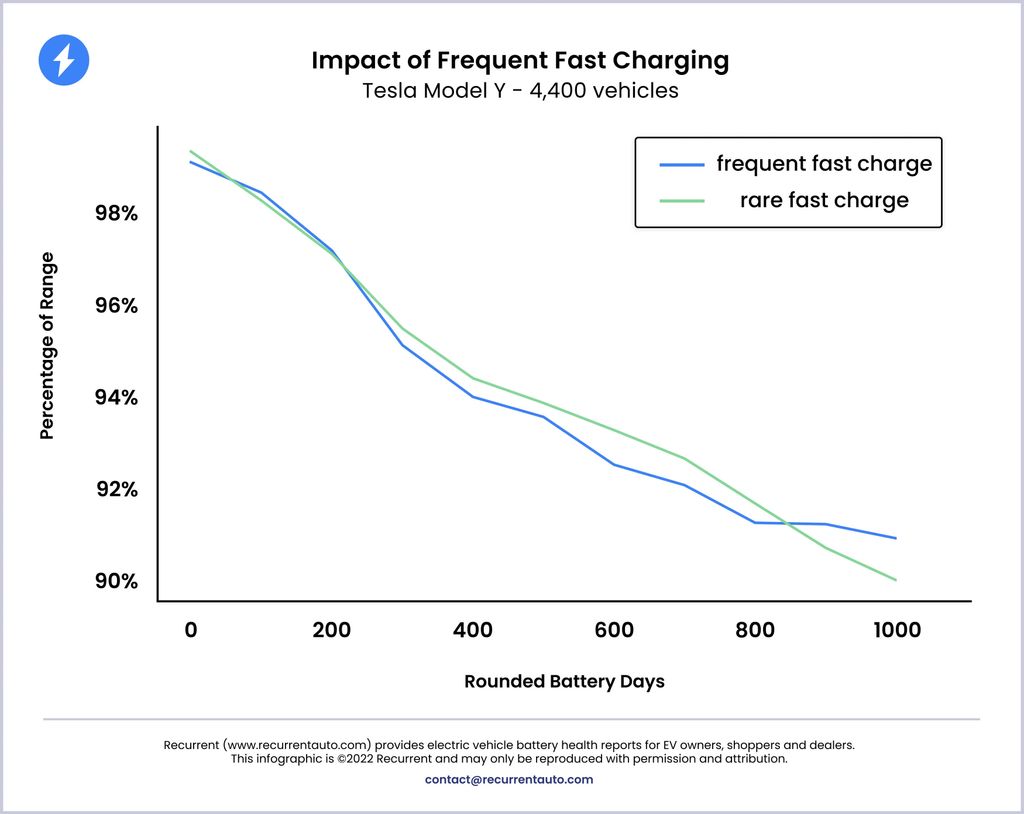Understanding DC Fast Charging
How does DC fast charging impact your electric vehicle’s battery? Many EV owners are concerned about this, but rest assured, using DC fast charging stations occasionally won’t harm your battery pack. Let’s break down why this is the case and how DC fast charging operates.
How DC Fast Charging Operates
Public Level 3 DC fast-charging stations can replenish an EV battery to 80% capacity within 15-45 minutes, depending on the vehicle and temperature conditions. While most EV owners typically charge their vehicles at home, DC fast charging is essential for long trips or when the battery is running low. These stations use various connector types, with early Asian models using CHAdeMO and newer vehicles predominantly using the SAE CCS Combo plug.
Compatibility and Communication
Tesla vehicles use their proprietary connector, the North American Charging Standard (NACS), for their Supercharger network, but they can also use other public chargers with an adaptor. Unlike home chargers that convert AC to DC power, Level 3 chargers provide direct DC energy, allowing for faster charging. The station continuously communicates with the vehicle to deliver the appropriate amount of power, preventing damage to the battery.
Charging Dynamics
Once charging begins and the battery is adequately warmed, the flow of kilowatts increases to the maximum input the vehicle can handle. The charger maintains this rate until the battery reaches about 80% capacity, then slows down to a Level 2 charging speed to protect battery life. This process is known as the DC fast charging curve.
Impact of Frequent Fast Charging
Battery chemistry determines an EV’s ability to handle higher charge currents. Faster charging can slightly accelerate battery capacity decline, but studies show the difference is minor. The Idaho National Laboratory (INL) found that while exclusive Level 3 charging can hasten deterioration, it’s a rare scenario and the impact is not significant.
Early Findings with Nissan Leaf
INL tested 2012 Nissan Leaf EVs under similar conditions in Phoenix, Arizona, revealing a slight difference in battery degradation between Level 2 and Level 3 charging. After 50,000 miles, Level 2-charged cars lost about 23% capacity, while Level 3-charged ones lost around 27%. The hot climate and repeated deep charging/discharging likely contributed to this minor variance.

Recent Studies on Tesla Vehicles
Recent research by Recurrent analyzed over 12,500 Teslas, showing minimal difference in battery degradation between frequent fast charging and AC charging. This indicates that modern EVs are even more resilient to the effects of fast charging compared to earlier models.
Conclusion
The consensus is that while DC fast charging may have a slight effect on battery life, it is minimal and generally not a primary charging method. Feel free to use DC fast charging when necessary without significant concerns about battery degradation.
